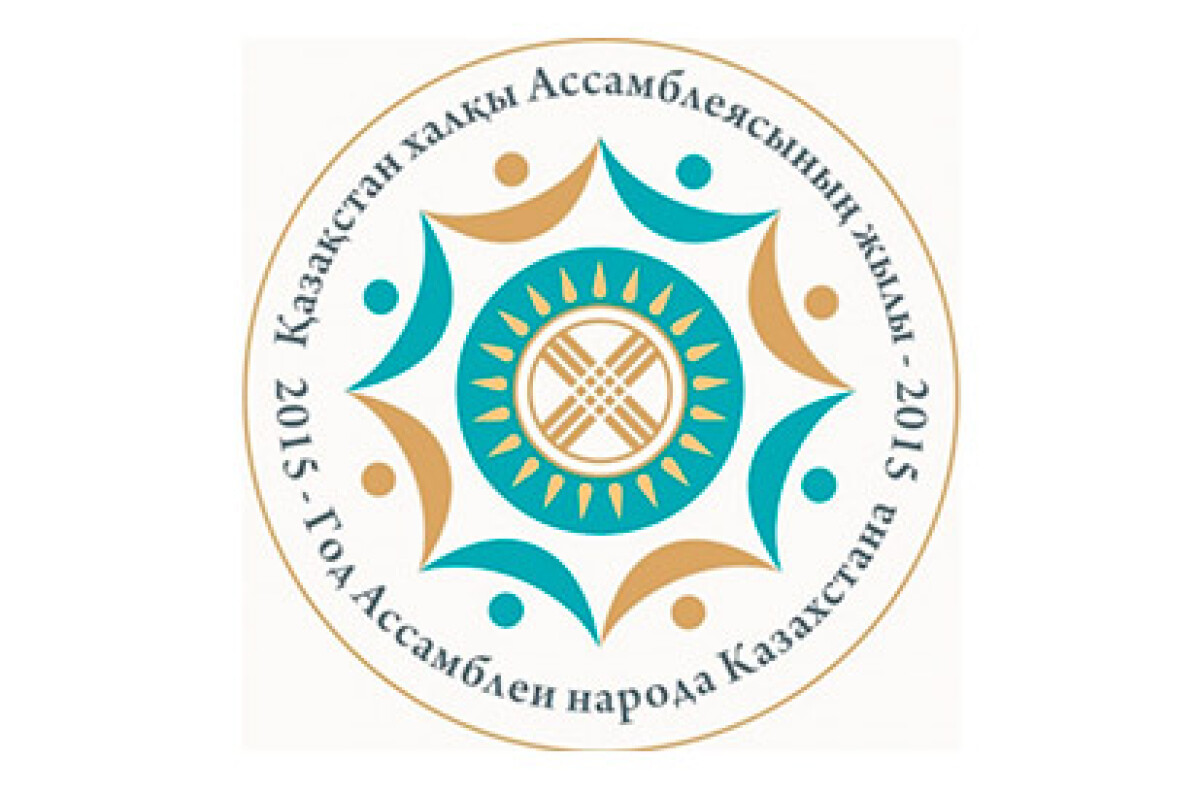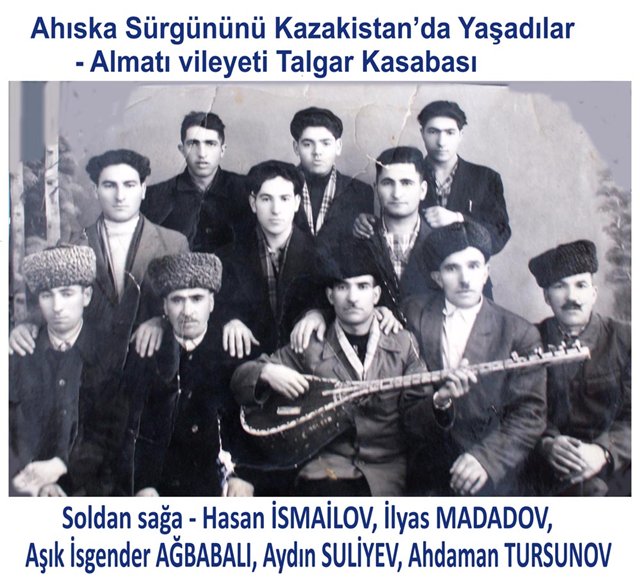
The main goal of the Turkish national centre is to improve the cultural and educational levels of representatives of this ethnic group.
The Association publishes the republican newspaper "Ahiska" in Russian, Turkish and Kazakh languages. In spring 2001 people saw and expressed appreciation for the first Turkish film "Sweet Spring" about the life and traditions of Turkish diaspora in Kazakhstan. The work on the second Turkish feature film "The Duty" is nearly finalized.
Currently, there are 42 schools in Almaty, Zhambyl and South-Kazakhstan region (most Turkish people live here) Turkish language is taught. The secondary school № 99 in the city of Almaty is the leading institution for teaching Turkish language.
The national dance group ensemble "Chichekler" was established on the basis of the ethnocultural centre. This ensemble takes part in all celebrations organized by the Peoples’ Assembly of Kazakhstan. The dance ensemble repeatedly became the prize-winner of numerous festivals. The Annual International Wrestling Tournament (national Turkish wrestling — gyuresh) has been organized since 2001. Masters of Sport from Kazakhstan, Kyrgyzstan, and Uzbekistan take part in this competition.
Maintaining peace and national concord is the main focus of the activity of the Turkish Association of the Republic of Kazakhstan. Representatives of Turkish diaspora are citizens of Kazakhstan with full rights and actively participate in all spheres of life of our country. In terms of teaching Turkish language, this cultural centre is the best in the Republic of Kazakhstan.
Turks-Ahiska is one of many ethnic groups, deported by the Stalinist Government to the territory of central Asia and Kazakhstan in November 1944.

Almaty region, Turks-Ahiska relocated to the city of Talgar
Their historic homeland is the southwestern region of Georgia which was the part of the Osman Empire in the past. After the Russia-Turkish War in 1829 these territories were given to Russian and named Akhaltsikhskaya province. Thus, until that moment the history of Turks, inhabiting the region, was related to the history of Turkey. As the closure regime came into force, people lost their connection with Turkey. Since that time, the chronicle of the separate history of Turks-Ahiska had begun. However, people recognize themselves as the part of Turkish nation. Approximately 180-200 thousand people of Turkish ethnicity live in the territory of the Republic of Kazakhstan.
But these are not exact figures as many people still can’t reinstate their real ethnicity which was forcibly changed at the time of the Soviet Union.

Almaty region, Turks-Ahiska, relocated to the city of Talgar
To date, the vertical structure of interaction between republican Association with regional, city and district branches in the places where Turkish diaspora lives, has been established. There are four regional (Almaty, South Kazakhstan, Zhambyl and Kyzylorda regions), six city branches and thirteen district branches. Each locality has its own elected Councils of representatives of the Diaspora. There are representative offices of the Association in the cities of Astana, Karaganda, Aktau and Ust-Kamenogorsk.
The article is based on materials taken fromhttp://bostandyk.almaty.gba.kz and http://forum.ahiskaliyuh.biz.
